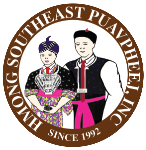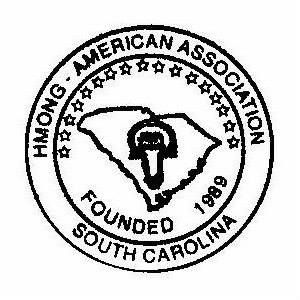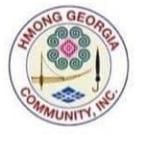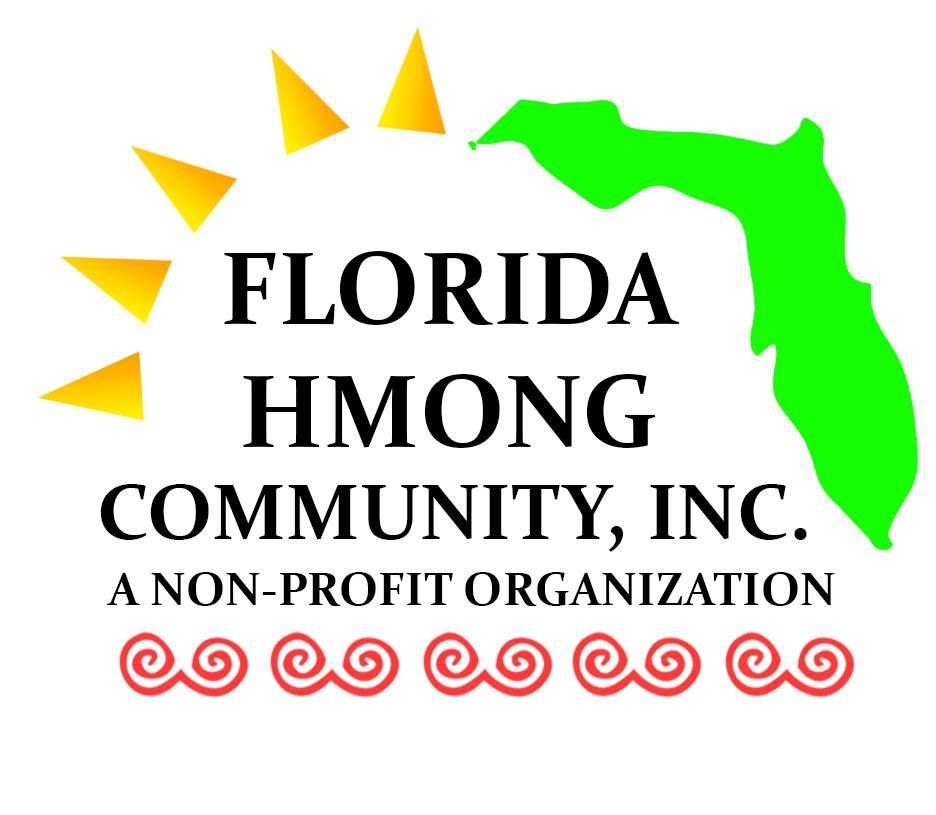Our Story
HSP is a non-profit organization representing the Hmong communities throughout the southeastern, part of the United States of America, particularly, the states of North Carolina, South Carolina, Georgia and Florida. HSP is a non-profit cultural organization existing to preserve the heritage and rich cultures of the Hmong people.
Our Mission
- To secure and preserve Hmong arts and cultures
- To practice, promote and coordinate cultural activities and Hmong New Year Celebrations
- To educate, support, promote Hmong culture, music and arts
- To establish a facility or a Cultural Center for the Hmong New Year Celebration; cultural activities, and cultural preservation
- To promote educational and family values
Our Founders

Our History
The Hmong people have one main holiday. This holiday is the annual New Year Celebration. To preserve this significant event, the Hmong community and its members came together and formed the Hmong Southeast Puavpheej Organization (HSP). This organization includes members from all four states to serve as voluntary representatives to work towards maintaining HSP’s organization goals and the Hmong New Year. Their mission was built on the foundation of the community and was responsible for coordinating the Hmong New Year in hopes of preserving and prospering the growing Hmong communities. United, this organization would govern the four following states: North Carolina, South Carolina, Georgia and Florida. During the early 1990s, the Hmong population in the Southeast was small and scattered throughout the different regions of the states. It was a difficult task to organize an event on a larger scale such as the Hmong New Year for all in the four states, but nevertheless, through the collective wisdom and knowledge of the elders, the “Hmong New Year” has taken place annually since 1992. This annual event is not limited to only the four founding states but has become nationally recognized among the Hmong and Lao communities from the west to the east coast attending the “Hmong New Year Celebration” during the weekend of the U.S. Thanksgiving Holiday. The very first Hmong New Year was hosted in Albemarle, North Carolina in 1992 and held at Albemarle High School. There were an estimated six to seven hundred people in attendance. Events that were present were typical of socializing among community members, ball tossing, singing, various sports tournaments and of last but not least an evening party. All of which brought together the communities to welcome the new year and celebrate the end of harvesting crops. Families from South Carolina and Georgia would stay with local family and friends while others would rent hotels to stay in. This event provided a time for people of all ages to come together to celebrate but also it was a time for gathering and catching up with relatives and friends from afar. The elders would get to catch up on lost socializing time. The sports minded community members would get their chance to show off their talents in the sports, dance, and or various cultural activities. Young men and women alike would come to meet one another in hopes of finding a life long partner. Hence, this event was popular due to traditional singing of folklore and a meeting place which could potentially lead to marriage. The youth/young adults would have the opportunity to meet their relatives and friends across the nation during the Hmong New Year celebration. Both the elders and the youths would entertain each other through music such as traditional folk song, the bamboo instrument called “Qeej,” flute and traditional dances. One of the most important cultural aspects for the Hmong people is the celebration of the new year. The “Hmong New Year Celebration” is the only celebrated and recognized holiday that the Hmong throughout the world can proudly call a part of their heritage. There is no other holiday throughout the year that the Hmong celebrate and proclaim as their own heritage. In addition to the “Hmong New Year Celebration” each year, the elders and leaders of the Hmong communities also believe in preserving the Hmong heritage and identity. The elders and leaders believe that without a heritage and a sense of identity, the younger generation will lose their roots, their rich culture and history. The elders began to recognize that without a country to call home the younger generation began to lose the language, culture, and customs therefore, they would not be able to educate their children and tell the stories of their ancestors. Our Hmong culture and traditions will fade away if we don’t continue to educate the younger generation. For example, more and more young Hmong men and women are participating in gang activities and committing crimes each year. To the elders, it is imperative that the young Hmong men and women not only maintain the Hmong heritage and identity but learn to be proud of where and who they are. In addition,the Hmong elders have high hopes and believe in the future generation to strive for prosperity for a better life and freedom for all, but maintaining the Hmong culture and traditions. All participants or individuals who work during the “Hmong New Year Celebration” are volunteers. In the past and currently, HSP does not receive any kind of grant/fund from the state or the federal level. All funding has been from generous donors and support of the Hmong communities throughout the four states. We give many thanks and credit to the volunteers and donors for their unconditional support, dedication, and time. Without the help and unity of the Hmong people and the community members, the Hmong Southeast Puavpheej, Inc. would not be what it is today. As Hmong people, we must always remember where we came from, our roots, and must never forget who we are. As Dr. Yang Dao would put it, “The Hmong must love Hmong, if the Hmong don’t love Hmong, who will love the Hmong.” In 1997, HSP was formally incorporated into a non-profit organization in the hopes of continuing the “Hmong New Year Celebration” and at the same time acting as an agent to preserve the Hmong heritage and cultural values.
In addition the establishment of Hmong Day (April 27, 2024) is recognized by the cities of Newton and Hickory, North Carolina during President Mai Bee Vue’s term 2022-24. “Hmong Day” will be celebrated on the 4th Saturday of April of each year.
Origin of Our Logo

“I was asked to help Pa Cha Moua of South Carolina to design a New Year brochure in 1994. The New Year was in Albemarle, NC at the time. I brainstormed one evening for an image that would best represent the Hmong New Year and what stood out most was the Hmong attire and clothing. Ball tossing and finding friends or a soul mate also rambled through my mind. So I began looking through my photo albums and came across a picture of Chia Neng Lee posing with Cass Vue of Tulsa, Oklahoma. The picture was taken during the 1992 Hmong New Year in Fresno, California. They were both appropriately dressed for the occasion and made an idealistic image for the New Year. I initially thought about scanning the image into the flyer. But wanted it to be more of a symbol than a photograph therefore, I drew the image of the two.” “From there on, t-shirts were made. The original t-shirts were made by a vendor from Michigan. I actually got to meet this guy and was introduced as the artist who drew the picture. As in our community he ended up giving me a couple of free t-shirts.” His spirit of giving and love for the community is the heartbeat which keeps our community close and beautiful. –Koua Neng (Nyiaj Kuam) Lee
Our Affiliates


